I assume that you have read my article called
A scientific basis for Yn Yoga where I talk about those rats you mention. I am not aware of any research on Yin Yoga directly (if anyone comes across such a study, please let me know!) There is some research that shows cyclical loading and unloading of cartilage helps to rebuild or strengthen the cartilage and I have extrapolate those findings to assume the same thing would happen to other connective tissues (ligaments, joint capsules, fascia.) Here is a
report I wrote about the 2012 Fascia Congress:
- Cyclical loading and unloading of the cells is required to positively affect tissues. With each loading of a cell, it responds by releasing calcium and ATP (the molecule that provides energy for our bodies at the cellular level) into the extracellular space. However, the cell soon depletes itself and needs to rest to be able to generate more ATP and calcium. This raises an interesting speculation: should we structure Yin Yoga classes (and even yang classes?) so that we repeat the postures but hold them for less time? It may be that the total time needed to achieve optimal remodeling of the tissue need not be achieved in one continuous hold but can be broken up into several shorter sessions?
Another article (
In Defence of Yin Yoga) that I have written has some other statistics you may find interesting:
- Studies by Helen Langevin and her coworkers have shown that sometimes we need to let a stress soak in for 30 minutes before "fibroblasts change shape in response to sustained stretching". [1] While we do not hold a single posture for 30 minutes in yin yoga, we may stress a targeted area for that long, through multiple postures. [2] Thomas Myers ... also says sustained stretches are required to allow muscles to relax so that the fascia starts to stretch and release. Long held static stresses have also been found to be beneficial in pain management and reorganizes the connective tissue (again, see Helen Langevin's work.[3])
Finally, another aspect to consider is the effect of time on creep and the relaxation response. I have written about this in an article called
Creep and Counterposes:
- One study found that "a time range of 240 seconds is sufficient to have an almost complete development of viscous phenomena. The stress-relaxation curves show that 90% of stress relaxation takes place in the first minute after the application of the strain.”[4] ... Holding a posture for 4 minutes or longer takes the tissues close to their maximum creep, with most of the creep happening in the first minute or two. (Of course that will vary with different people.)
I hope this helps. If you find any other information in your research, please share it with us!
Bernie
1) "Ongoing studies in my lab are addressing why the fibroblasts change shape in response to sustained stretching. So far we have found that the changes are associated with a large-scale relaxation of the connective tissue. We also saw that the fibroblasts initiated a specific Rho-dependent cytoskeletal reorganization that was required for the tissue to fully relax. Rho is an intracellular signaling molecule known to play a role in cell motility and the remodeling of cell-surface proteins that connect the fibroblast to its surrounding matrix. The molecule's involvement in fibroblast shape change suggested that the cells are able to reduce the tissue tension by adjusting how strongly and where they are gripping the surrounding connective tissue or muscle. In addition, we found that the shape change is also associated with a sustained release of ATP from the fibroblast. Within the cell, ATP acts as fuel, but outside of the membrane, ATP can function as a signaling molecule. Extracellular ATP can be converted to other purines such as adenosine, which can act as a local analgesic, thus providing a possible cellular and physiological mechanism to explain the pain relief experienced by some acupuncture patients." From The Science of Stretch, Helene M. Langevin, May 1, 2013,
The Scientist.
2) We may perform in sequence Butterfly, Half-butterfly, Saddle and Caterpillar, which together will stress the fascia along the back of the body for 30 minutes or more.
3) Check the same
article for a representative example.
4) Note: this does not mean that there is no more creep after 4 minutes. Creep will continue for a long time (see again the picture in the article of silly putty creeping down the wall day after day.) The stress-relaxation reaching a maximum after 4 minutes means that the tissues won't relax any further, but there is still some internal stress, which over time continues to cause creep. See Functional Atlas of the Human Fascial System, by Carla Stecco page 85: 2015 Churchill Livingstone
